Phase Team
Published on
October 17, 2025
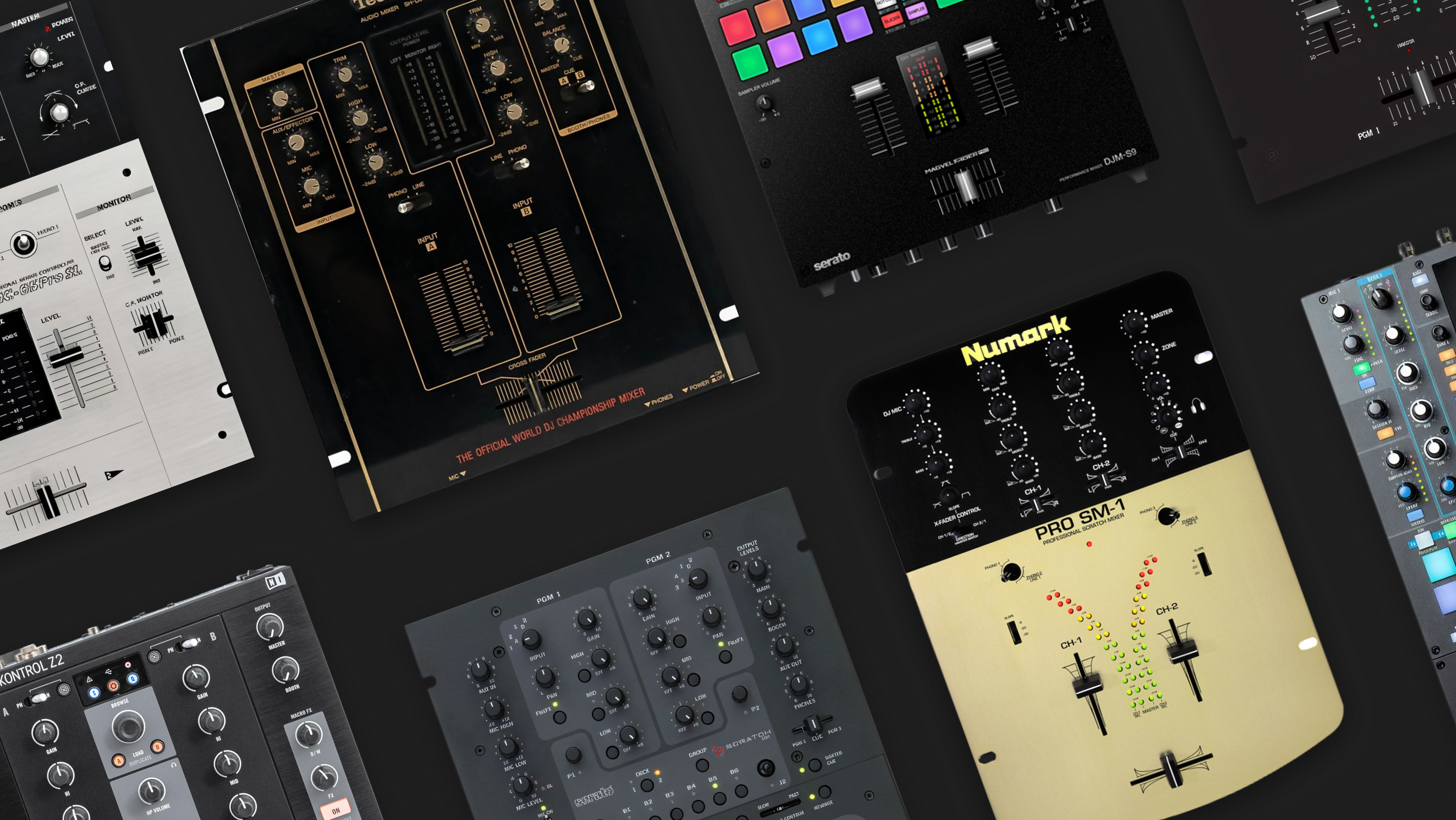
From the first ever mixers made for turntablists in the ’90s to today’s digital hybrids, battle mixers have been the turntablist’s central tool. Every generation brought new innovations and a new way to push the art forward.
In the ’80s, DJs scratched on club mixers that weren't built for it. The GLI’s PMX-9000 (1979) was the first with a crossfader, a real game-changer. But faders bled, layouts were clumsy. The tools weren’t ready yet.

By the late ’80s, the Gemini PMX-2200 became the scratch DJs’ weapon of choice. Affordable, compact, sharper fader response. You saw it in the hands of Cash Money, Aladdin, and the Invisible Skratch Piklz. It was even iconic enough to get a special Jazzy Jeff edition, proof that this mixer defined the pre-Vestax battle era
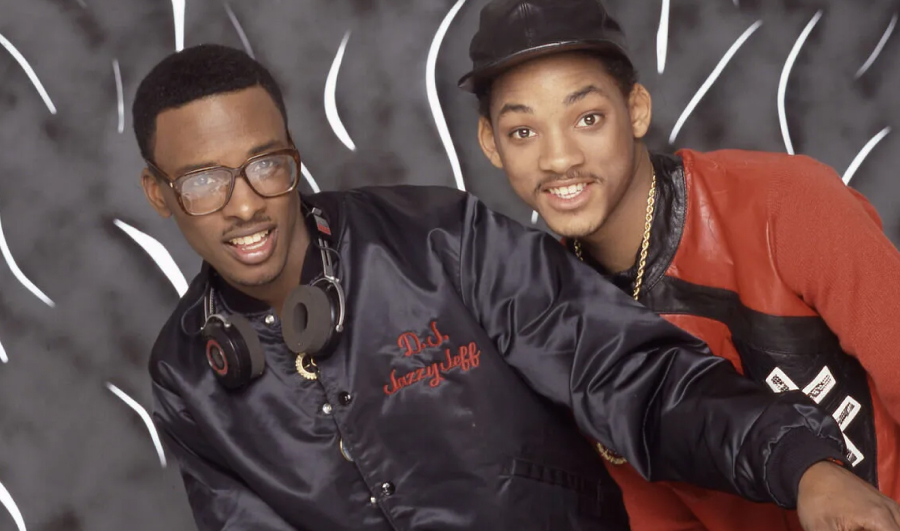
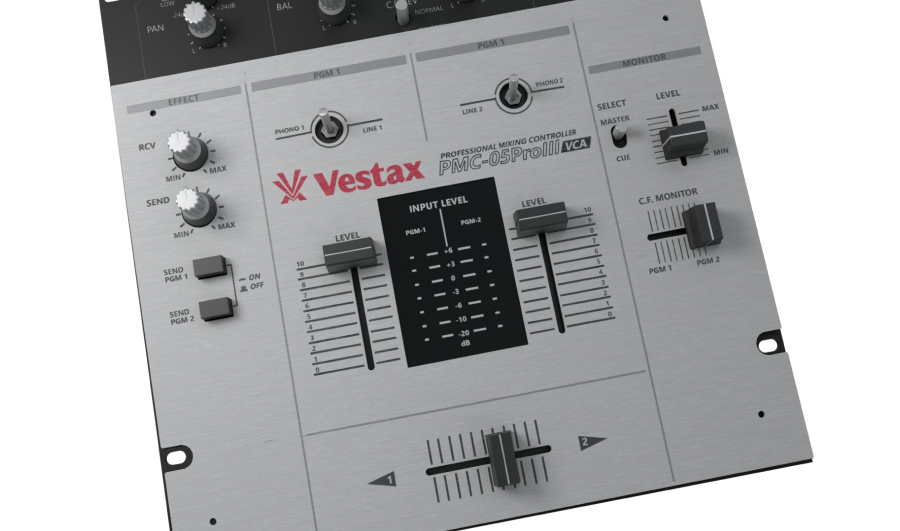
In 1995, the Vestax PMC-05 Pro changed everything. Compact, rugged, with a crossfader smooth enough for the fastest cuts. Built for scratch DJs and not a club mixer repurposed. Suddenly, the mixer opened new possibilities and tricks with sharper cuts and an optimized layout.Vestax continued to push the innovation forward after this with the PMC series like the 06/07/08 Pro.
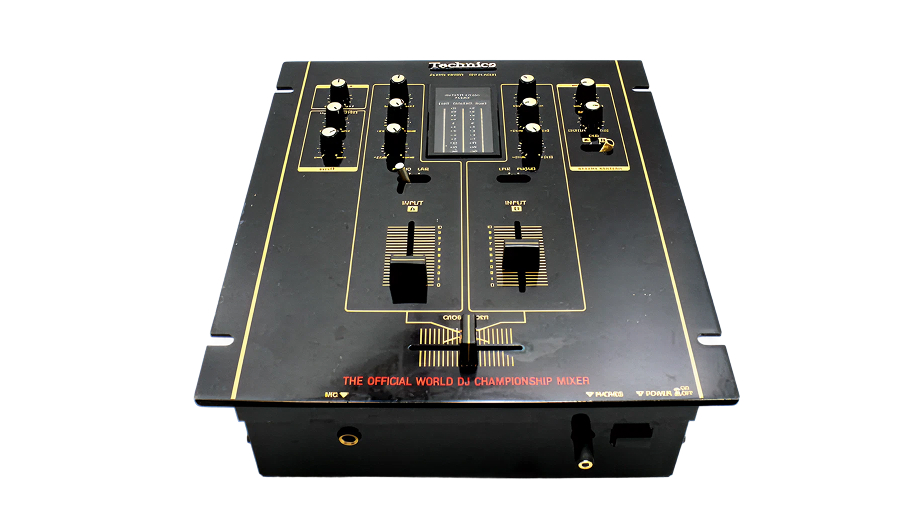
In 1996, Technics (already the kings of turntables) entered the battle mixer game with the SH-DJ1200 (and later the SH-EX1200). It came loaded: a super-smooth fader with adjustable curve, rugged metal chassis built to survive battle abuse, kill switches, and even a spare fader slot so DJs could swap and repair it on the fly.
Quickly adopted on DMC stages worldwide, the SH-DJ1200 was proof that scratching was now serious business, with Technics officially backing the turntablist culture.
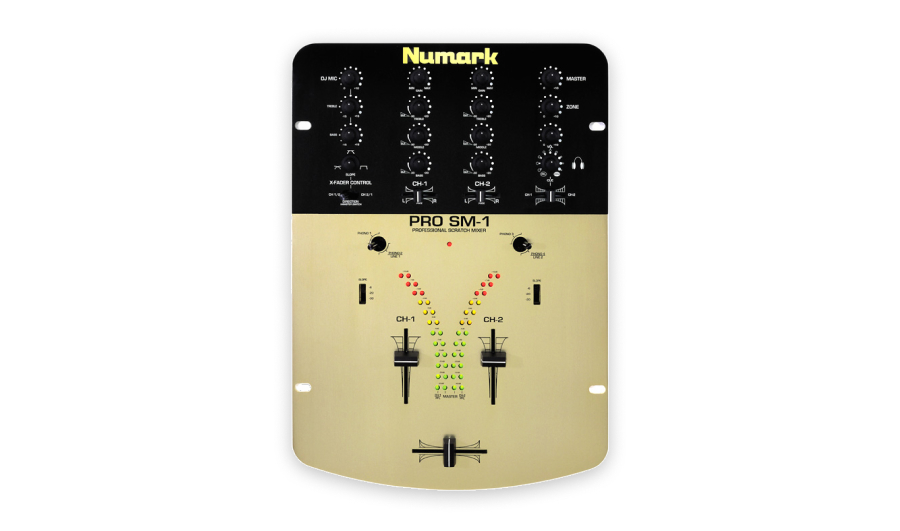
By 1999, Numark entered the battle too with the Pro SM‑1. Built like a tank with a tough optical crossfader, it stripped out the extras and focused on durability and precision. Scratch DJs loved it because it could handle the hardest cuts without breaking down, a true workhorse of the late ’90s battle era.
By 1999, Numark entered the battle too with the Pro SM‑1. Built like a tank with a tough optical crossfader, it stripped out the extras and focused on durability and precision. Scratch DJs loved it because it could handle the hardest cuts without breaking down, a true workhorse of the late ’90s battle era.

Rane, an already well-known mixer brand, stepped into the battle DJ market in 1998 with the TTM-54. A rock-solid mixer with clean sound, built to survive the most brutal battles. But in 2001, they hit harder with the iconic TTM-56: the world’s first contactless magnetic fader. No clicks, no bleed, no wear. Djs could scratch forever without the fear of breaking the crossfader.
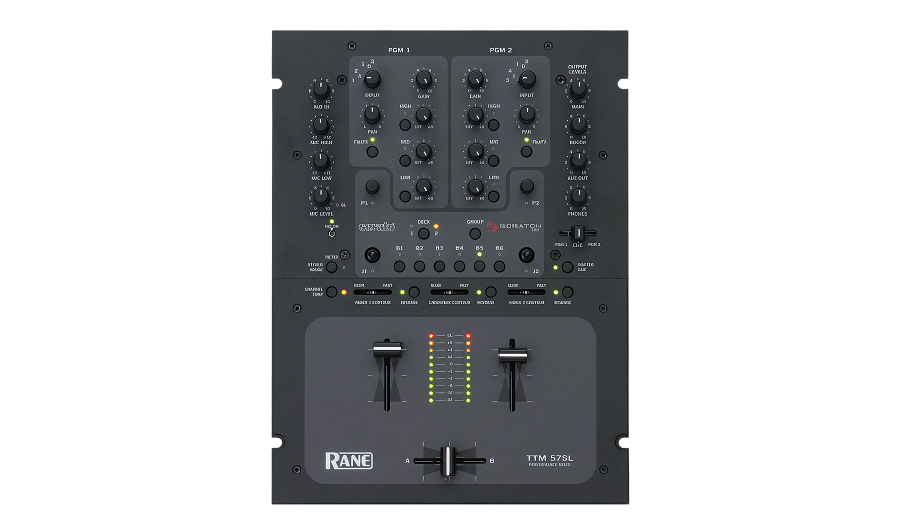
Then, in 2005 Rane rewrote the rulebook by releasing the TTM-57SL. For the first time, Serato Scratch Live was inside your mixer. No more extra boxes, no more spaghetti cables! Just plug the mixer into your computer to access your digital library The game had officially gone hybrid
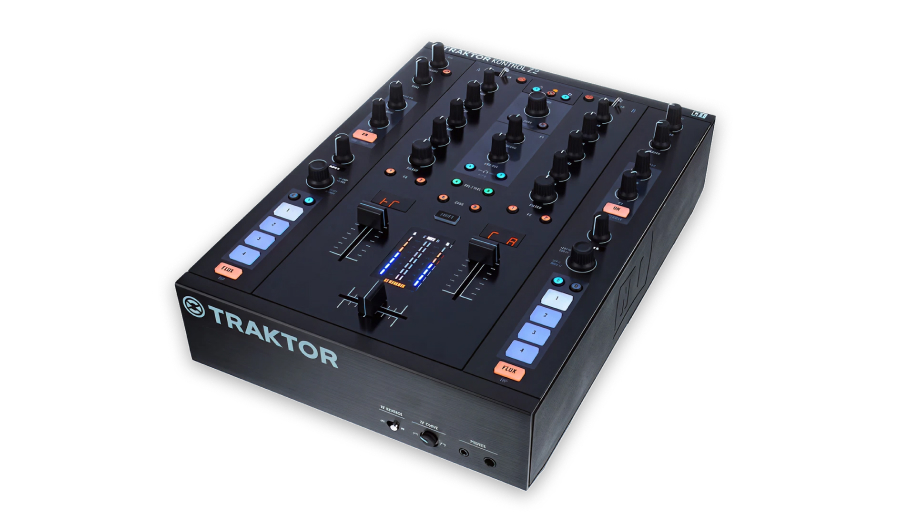
In 2012, Native Instruments shook things up with the Kontrol Z2. It looked like a classic two‑channel battle mixer, but under the hood it was fully digital: built‑in Traktor DVS, MIDI controls, and an audio interface. For the first time, DJs had an affordable mixer that bridged scratch tradition with the digital age. The Z2 proved that battle mixers were no longer just analog tools, they were becoming true hybrid machines.
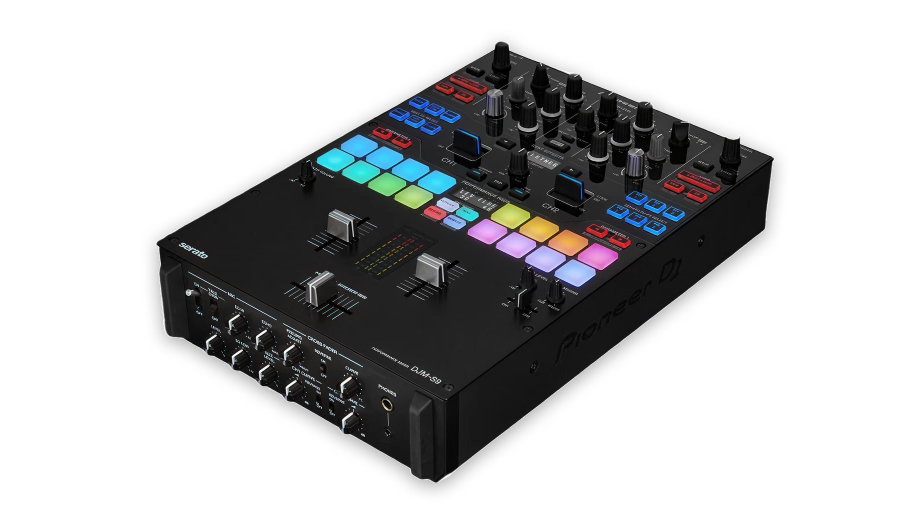
Released in 2015, the DJM-S9 was a big shift in the industry and the first Pioneer battle mixer that really stuck (unlike their earlier DJM-909, which never really caught on). Developed with input from respected DJs like Qbert, Craze, and the Beat Junkies, it understood what scratch DJs had been asking for: a compact 2-channel design, full Serato DJ integration, and the tough, ultra-smooth Magvel Pro crossfader.
With performance pads borrowed from controller culture, the DJM-S9 blended classic turntablism with the digital workflow and quickly became a standard on battle stages worldwide. This new layout expanded performance possibilities, opening the door to finger drumming and other pad-based routines.

In 2018, Rane changed the battle mixer game (again!) with the Seventy-Two. Built like a tank but loaded with futuristic features, it introduced something no turntablist had seen before: a full touchscreen right in the mixer. DJs could suddenly view waveforms, trigger effects, and manage their cues without ever looking at the laptop.
Combined with the ultra-durable Mag Three faders and performance pads built for routines, the Seventy-Two wasn’t just a mixer anymore, it was a performance hub. For the first time, a mixer blurred the line between hardware and software, becoming a true command center for battle DJs.
From gritty analog faders to touchscreen innovators, battle mixers have always pushed the limits of what’s possible behind the decks. But with the evolution of electronic chips, touch-sensitive surfaces, and even artificial intelligence, one can’t help but wonder: what comes next?
Will the future bring a truly standalone, intelligent mixer capable of adapting to an artist’s style in real time? Or perhaps an AI-driven creative partner, designed to inspire rather than replace the human touch behind the decks? No matter how the tech evolves, one thing stays the same: real DJs will always find new ways to push their tools to the limits for the love of music.
And you, what do you think will shape the future of DJ mixers?
Share your thoughts in the comments!
Be notified when new content is out! Subscribe to our newsletter to receive exclusive content straight into your inbox.
Lorem ipsum dolor sit amet, consectetur adipiscing elit. Suspendisse varius enim in eros elementum tristique. Duis cursus, mi quis viverra ornare, eros dolor interdum nulla, ut commodo diam libero vitae erat. Aenean faucibus nibh et justo cursus id rutrum lorem imperdiet. Nunc ut sem vitae risus tristique posuere. uis cursus, mi quis viverra ornare, eros dolor interdum nulla, ut commodo diam libero vitae erat. Aenean faucibus nibh et justo cursus id rutrum lorem imperdiet. Nunc ut sem vitae risus tristique posuere.